I have been loving the discussions about libraries at Pages Unbound and wanted to do something to celebrate the libraries we have here in Singapore. So I thought I’d do a series of posts about some of the libraries I frequent and love.
Growing up, I kind of took the library for granted. I visited regularly (mostly when my books were about to expire so that I could return them and get new ones), but apart from what, I pretty much took their existence for granted. But when I moved to Japan, I realised that apart from the university library, I didn’t have many options – If I wanted English books, I’d have to go to the City Library (thankfully a walkable distance away) or to the Rainbow Plaza (now closed) where they had a selection of English books. I’m not criticising the state of libraries in Japan – they do have libraries with enough books for their audience, which was not me – but the move made me realise how much I missed the libraries we have at home.
Thankfully, the NLB (National Library Board) had a pretty good ebook collection, so between that and NetGalley, I managed to get my fix of English books without breaking the bank. Incidentally, Singapore’s the top digital library outside of North America, so kudos to the NLB for realising that there was a need for ebooks, even though our ebook market is rather lacking (Amazon, when are you coming?).
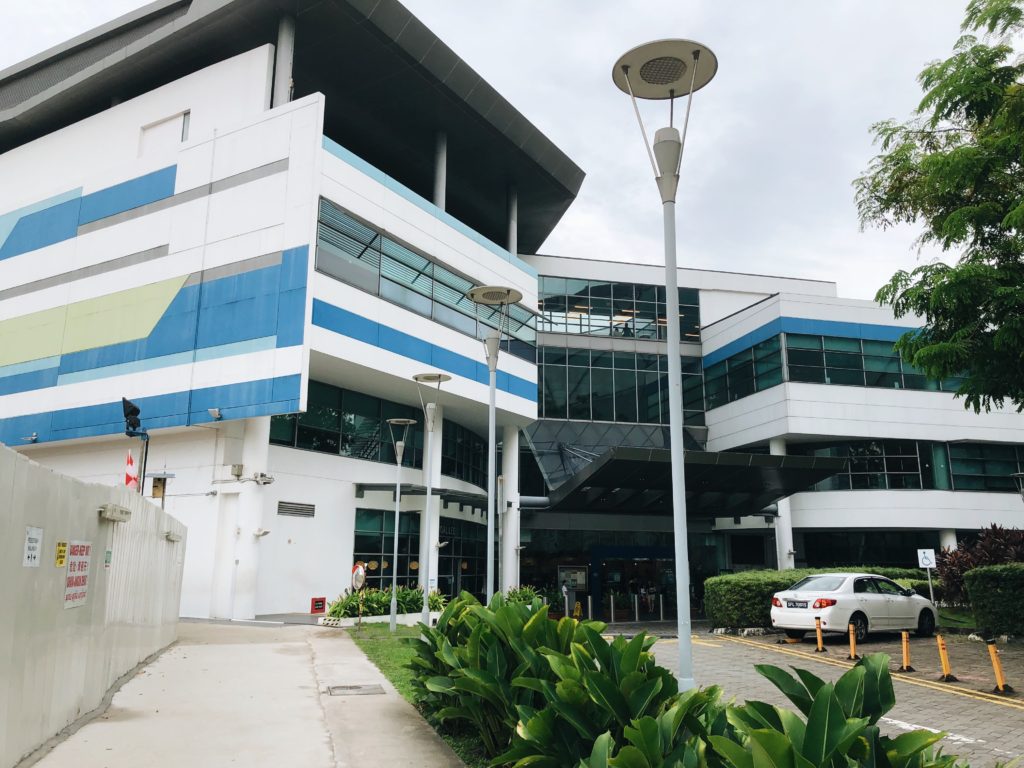
Now on to today’s library: I’ve pretty much grown up in the same area of Singapore, so the nearest ‘big’ library has always been the Jurong Regional Library. It’s a standalone building, unlike many of the public libraries that are located in malls, and it has books spread across five stories, including a basement floor. According to a librarian I asked, the regional libraries are bigger, are in their own buildings, and are basically where you would go if you’re not travelling to the Central Library but want a bigger collection to browse.
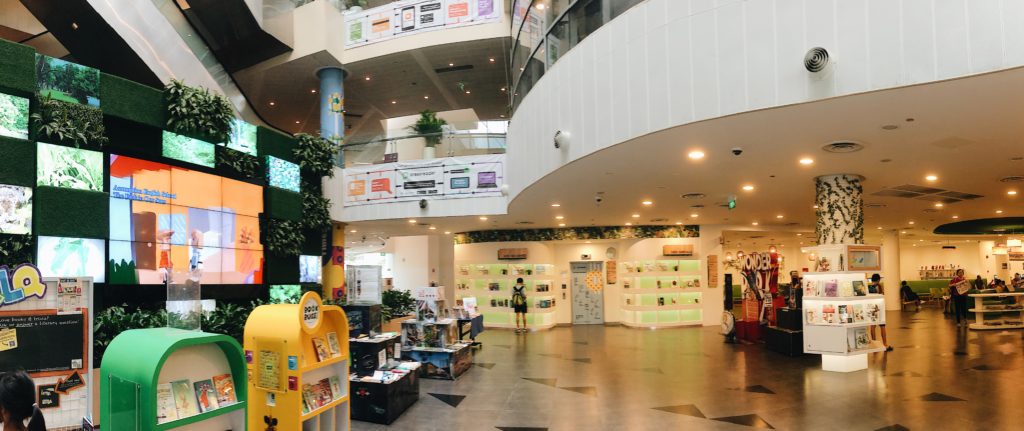
The first floor of the library is the “lifestyle” floor. This is the floor with the least amount of books. But there is a:
- Cafe
- Book Bugs station (a reading program for children)
- Program area
- Newspaper area
- Co-working area by Regus (this is a paid access area)
- Borrowing stations
- Shelf Initiative Project/Book Exchange Shelf
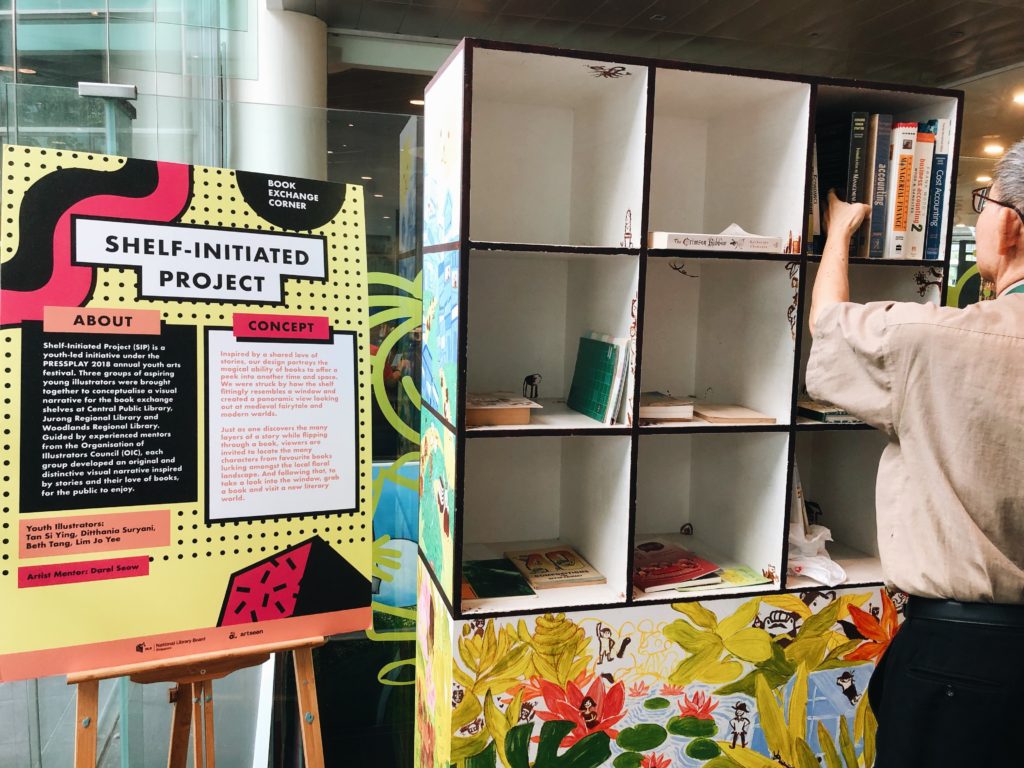
The Shelf-Initiated Project was a project to get aspiring designers to help design the book exchange shelves. Here, you can leave books that you no longer want, or pick up a new book to bring home. The shelves aren’t full, but there are always books to browse through.
Since the library is pretty big, there are exhibits on all the floors. I’ve seen some on World War II, a few on the early years of Singapore, and even some on identifying fake news. These mini-exhibitions do tend to take up several floors, which I find quite interesting.
Moving down, the basement is where the children’s books are shelved:

Children’s reading programs will take place here, and I occasionally come down to find middle-grade fiction. When I visited last week, the SEA Aquarium had an exhibit on sea life:

The second floor of the library is where I spend the most time. It’s just called “English Collection & AV Materials”, but it basically has all the English fiction and non-fiction.
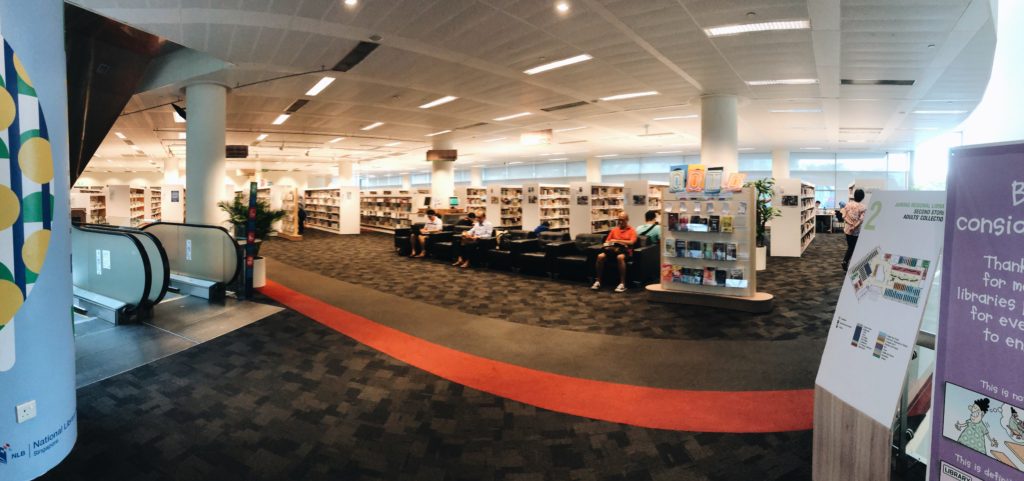
There are lots of reading spaces, so you do see quite a few people studying here as well. I think there are a few borrowing stations as well, but to be honest, after the library started letting us check out books on our phone, I haven’t used the borrowing stations at all. It’s a lot more convenient to use the NLB app, especially since the libraries all have Wireless@SG Wifi (free to use).
![]()
Apart from the English Books and AV materials, there’s also a Pixels Lab on the second floor. The Pixels Lab @ NLB is an initiative between the NLB and IMDA to help Singaporeans be more digitally ready. So apart from programs that let you play with robotics or learn how to use tablets at the library, you can also use tinker with the following in the Pixels Lab: Raspberry Pi, Spark Core, 3D Printer, Arduino Uno, Lilypad Arduino, Littlebits, Makey Makey. They also have coding lessons that children can take.
Moving up to the third floor, you can find the Singapore Collection, as well as Chinese, Malay, and Tamil language books. There are also a lot of tables and chairs for people looking for a place to do their reading/studying in peace.

Personally, I’m not a fan of putting the Singapore Collection here, but that’s mostly because I think SingLit should be able to compete with stories from all around the world. I get the convenience of having everything all in one place, but it’s pretty hard to stumble across Singaporean books in the library unless I specifically go to this floor. So unless I already have a book in mind, I don’t normally borrow/find Singaporean books.

The fourth and final floor is the YA floor, also called Verging All Teens. This is where the YA novels, comics, and manga all live.
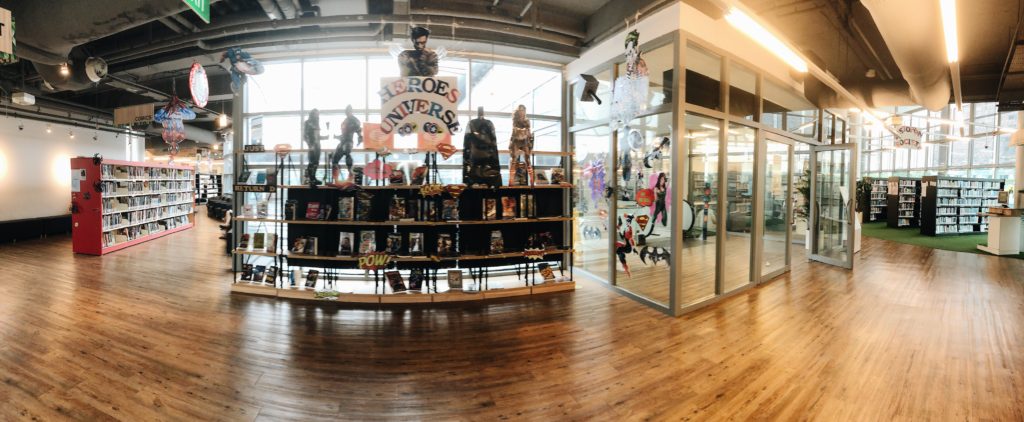
Apart from the children’s floor, this is probably the most colourful place in the library. The featured shelves change theme pretty often, and you can find a mix of novels and comics/manga being featured.
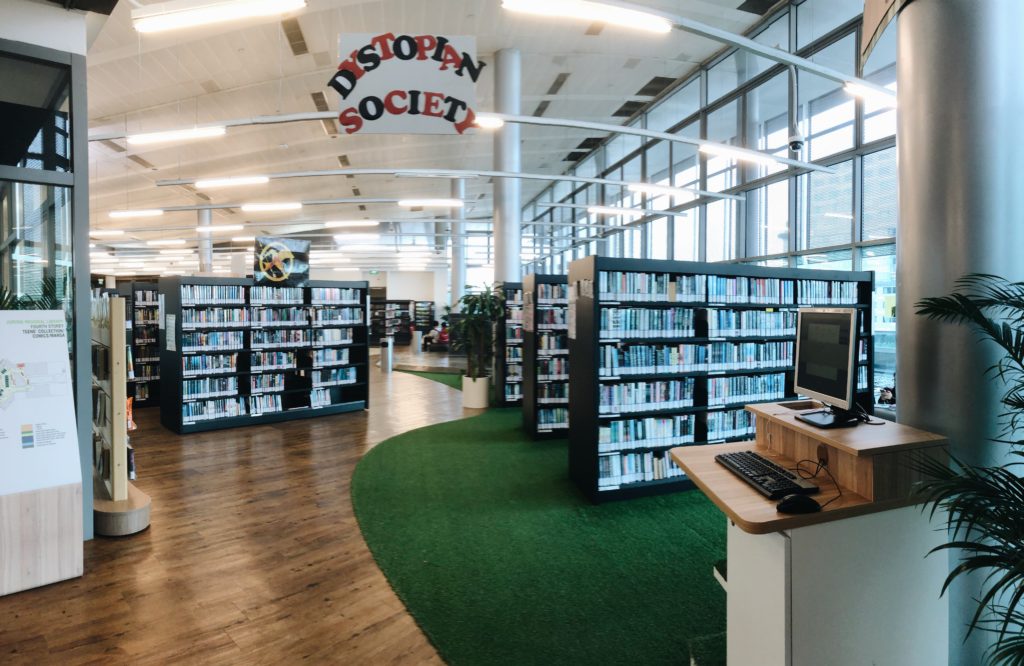
The whole area is designed to appeal to younger people and it seems to work. Sometimes, I can’t browse without stumbling over someone seated on the floor. Sometimes, they’re studying, sometimes they’re reading, but either way, it’s rare to see the place empty. There are also chairs and tables, which now that I’ve typed everything out, exist on every single floor.
And that is a virtual tour of one of my favourite libraries. Singapore is still pretty young, so we don’t have any of those old libraries full of beautiful books that always appear on Buzzfeed and other listicle sites, but I love the range of books and services that we have.

This library looks so beautiful! I haven’t had access to libraries so many of my books & ebooks are bought. I would love to visit this place someday!
I’m very grateful to libraries because most of my money would go to books otherwise! Do let me know if you’re ever in Singapore, I’d be happy to show you our libraries (and around in general)